The Study That Shook The Psychiatry World: The Rosenhan Experiment
In 1973, a study named “On Being Sane in Insane Places” shocked psychologists and psychiatrists all around the world. For them, nothing could ever be the same again. Let’s see what made it so remarkable.
The Rosenhan experiment was conducted by a psychologist named David Rosenhan, and it’s been considered to be one of the most striking studies in the field since then.
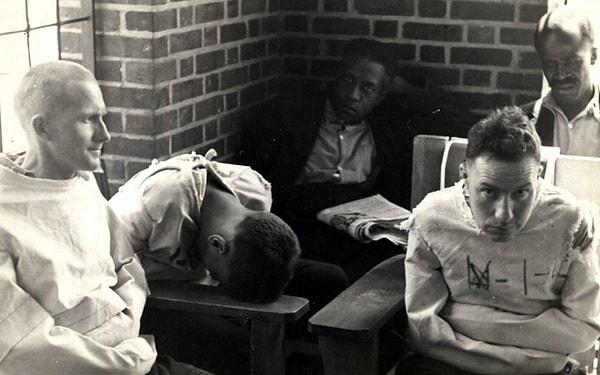
What Rosenhan expected to find out was whether a mental illness could ever be diagnosed for certain. He was quite pessimistic about this, so tried to prove that the criteria they’d been using were not based on scientific facts.
How did he conduct the experiment?
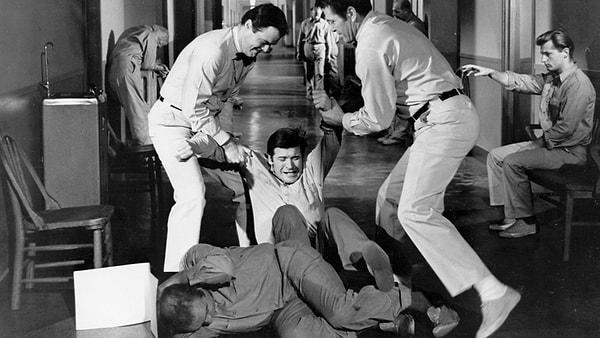
8 people, including three psychologists, a pediatrician, a psychiatrist, a painter, a housewife, and Rosenham himself, applied to a psychiatric hospital with complaints of auditory hallucinations. Of course, they had no such problems. They agreed to act normal and tell the doctors that they were fine after a certain while, and they stuck to the plan.
This is where everything starts to get weird. Hospital administration and the doctors did not believe that they were fully recovered. The patients insisted that they were fine, but even the one who stayed there the shortest stayed for 7 days.
Rosenham did not conclude the study at this point. He went on stirring the pot...

They eventually managed to get out of the hospital. Afterwards, the group visited 12 different clinics under different phony names with the same complaints - auditory hallucinations. They applied to many sorts of clinics and hospitals to see whether the quality of the facility matters; from rural hospitals to universities or private clinics.
Just like the hospitals, the pseudopatients were chosen from different backgrounds in terms of their level of education, age or occupation. Each time they used different phony names so not to be recognized.
Things kept getting weirder: All the patients were diagnosed with illnesses.
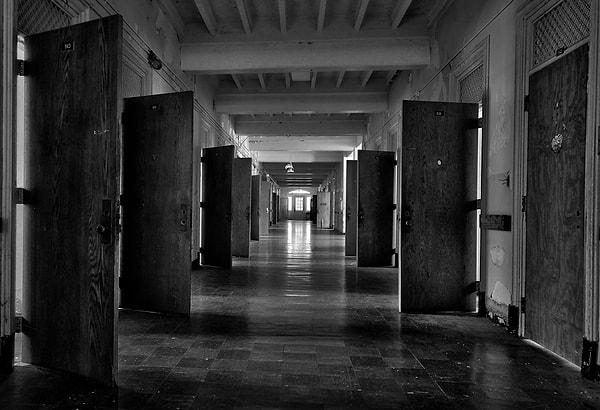
All the pseudopatients pretending to hear supernatural voices claimed that they had been hearing words like “empty,” “hollow,” and “thud,” which were chosen intentionally by Rosenhan since these words might sound like the signs of an existential crisis. After the doctors diagnosed 7 of them with schizophrenia and 1 with manic-depressive psychosis, they were all hospitalized.
Group members started acting normal and told the doctors that they were no longer hearing voices right after they were admitted to the clinic. Convincing the hospital staff, however, took 19 days on average. One time, one of the pseudopatients was kept at the facility for 52 days.
Doctors were still not convinced...
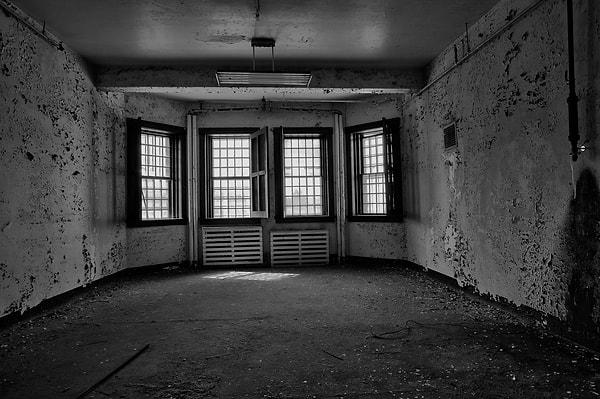
All the pseudopatients were diagnosed with schizophrenia 'in remission' before their release. Rosenhan thought that this implied that mental problems were not being seen as such illnesses that could be cured completely, because having schizophrenia 'in remission' did not mean that you were now sane. While no one considers a recovered cancer patient as still sick, having auditory illusions for once in your lifetime is enough for psychiatry to label you for the rest of your life.
The initial results of the experiment created great controversy among psychiatrists.
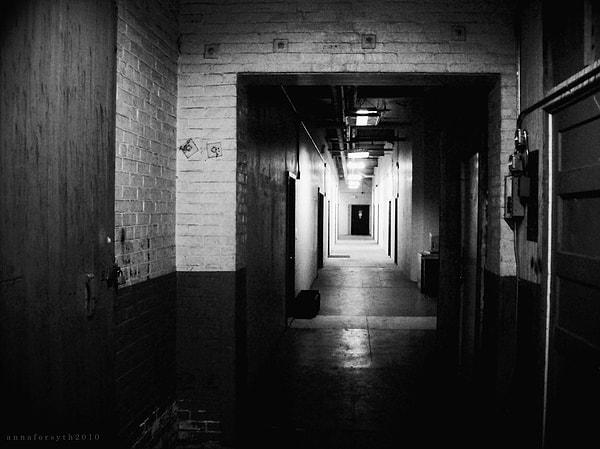
In fact, many psychiatrists all over the country expressed anger against Rosenhan and claimed that they would never fall into his trap and could definitely distinguish pseudopatients from the real ones. Furthermore, one of the hospitals got in touch with Rosenham and asked him to send them pseudopatients without a forewarn.
Their claim was that what happened in other hospitals would never happen in theirs, and they could certainly tell if a patient was faking their symptoms.
Rosenhan accepts the challenge...
Thereupon, in the following 3 months, the hospital administration suspected that 41 of the newly admitted 193 patients were pseudopatients, of which 19 of them they thought were perfectly sane.
Fasten your seatbelts, because Rosenhan makes a fool of the psychiatry world big time: not even one patient was sent by him!
After the second part of the study is over, psychiatrists yield.

Rosenhan wrote 'it is clear that we cannot distinguish the sane from the insane in psychiatric hospitals...' “But what can be said of the 19 people who were suspected of being 'sane' by one psychiatrist and another staff member? ... There is no way of knowing. But one thing is certain: any diagnostic process that lends itself too readily to massive errors of this sort cannot be a very reliable one.”
There is one more striking side of the story.
In the first part of the experiment, some patients at the hospital suspected that the first group of pseudopatients sent by Rosenhan were faking their symptoms. To be more specific, 35 out of 188 told some of the group that they could not be really insane. “You’re not crazy. You’re a journalist, or a professor. You’re checking up on the hospital” patients claimed they were told.
Hospital staff, however, never noticed that they were “pseudo” patients.
In conclusion, the Rosenhan Experiment succeeded to leave its mark on the psychiatry world for good.
After the study was published, the American Psychiatric Association changed the Diagnostic and Statistical Manual of Mental Disorders. Also, Rosenhan’s experiments contributed to the reforms at the psychiatric hospitals and the idea of releasing a patient started to become more acceptable for the medical staff.
Well, it is once again understood that scientific improvements can change the course of history, thanks to such pathbreaking people like Rosenhan...
Keşfet ile ziyaret ettiğin tüm kategorileri tek akışta gör!


Yorum Yazın